10 Ways to Prepare Your Soil in Fall for a Strong Spring Garden
Preparing your soil in the fall is essential for ensuring a vibrant and productive garden come spring. By taking a few simple steps now, you can enrich your soil, improve its structure, and create the best environment for your plants to thrive. From adding organic matter to protecting the soil over the winter, these practices will help set the foundation for healthy, thriving plants in the warmer months ahead.
This post may contain affiliate links, which helps keep this content free. Please read our disclosure for more info.
Clear the Beds of Dead Plants and Weeds
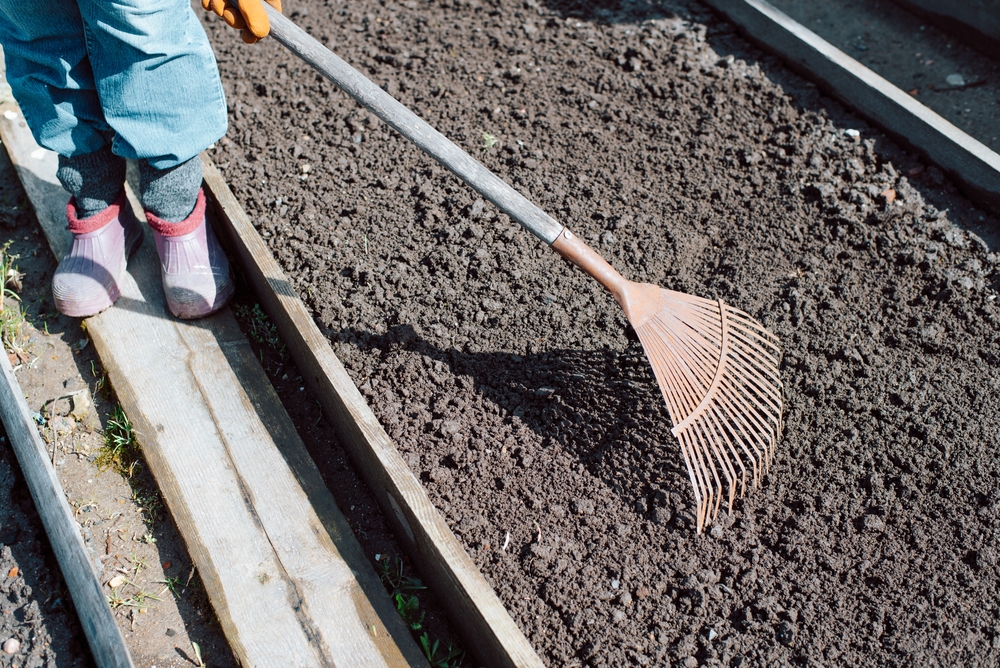
Clearing your garden beds of dead plants and weeds is one of the most important tasks you can do in the fall to set your soil up for success in the spring. As plants die, they can become a haven for pests, diseases, and fungi that may overwinter and affect your crops when spring arrives. Additionally, dead plant material takes up space that could otherwise be filled by new, healthy plants.
Weeds are another concern. Left unchecked, weeds will not only compete for nutrients and space in the coming season but also spread their seeds over the winter. By removing weeds and spent plant matter, you give your soil a fresh start, minimizing future competition. This also ensures better airflow to the soil, which is crucial for the microbes and beneficial insects that help break down organic matter and maintain healthy soil.
Add Compost to Enrich the Soil
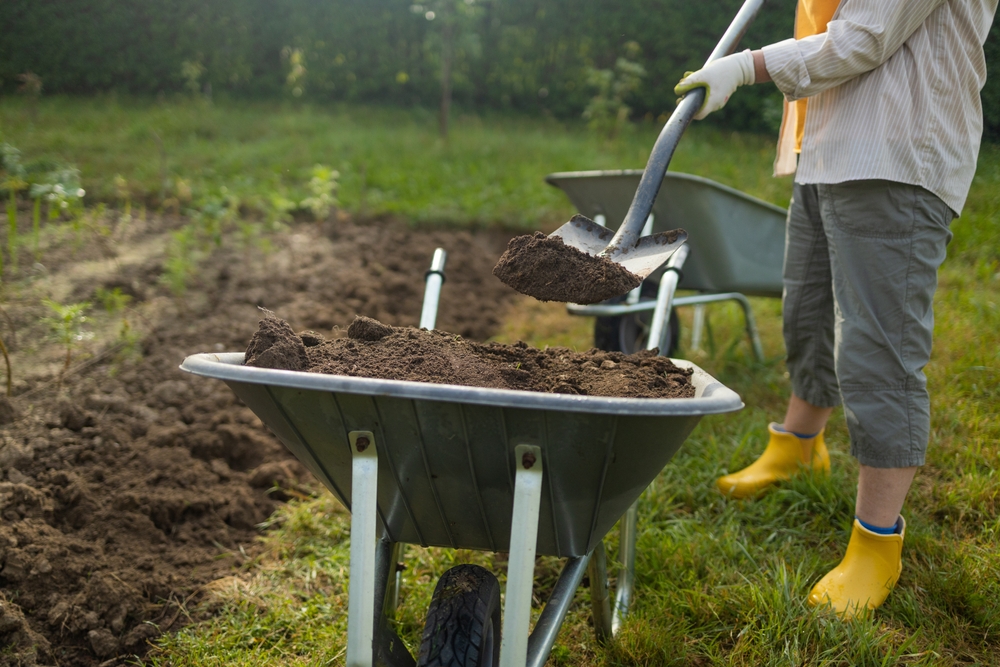
Adding compost to your garden beds in the fall provides several benefits. Compost is a rich source of organic matter that helps improve soil structure by making it more porous, allowing air, water, and nutrients to reach plant roots more effectively. It also improves the soil’s ability to retain moisture while draining excess water, which is especially useful in both heavy clay soils and sandy soils that drain too quickly.
As compost decomposes over the winter, it slowly releases valuable nutrients, like nitrogen, phosphorus, and potassium, which plants will use when the growing season begins. It also introduces beneficial microorganisms that help maintain a healthy soil ecosystem. By spreading compost in the fall, you give it time to integrate into the soil and avoid disturbing the delicate balance of soil life in spring.
Incorporate Organic Matter Like Manure
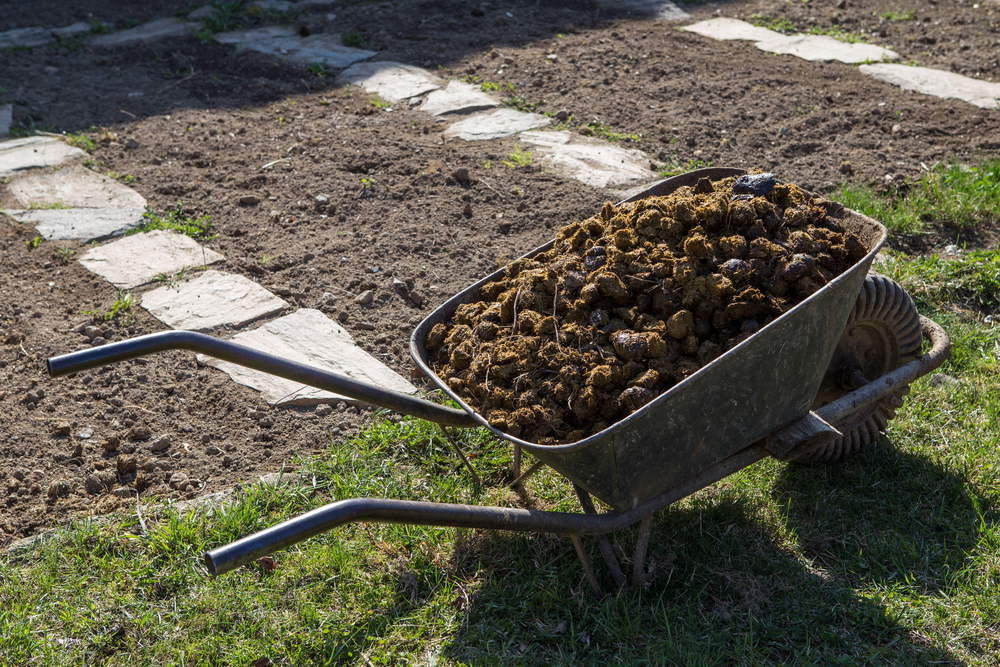
Organic matter, such as well-rotted manure, is rich in nutrients that are essential for plant growth. Manure provides a slow-release source of nitrogen, phosphorus, and potassium, which are essential for healthy roots, stems, and blooms. When added to the soil in the fall, manure helps to restore nutrient levels that were depleted during the growing season.
Besides providing nutrients, manure improves soil texture and promotes better root development. It helps break up compacted soils and enhances their ability to hold moisture without becoming waterlogged. Over the winter, the manure will break down and integrate into the soil, so by spring, your garden beds will be primed with rich, fertile soil that supports plant health.
Test Your Soil’s pH
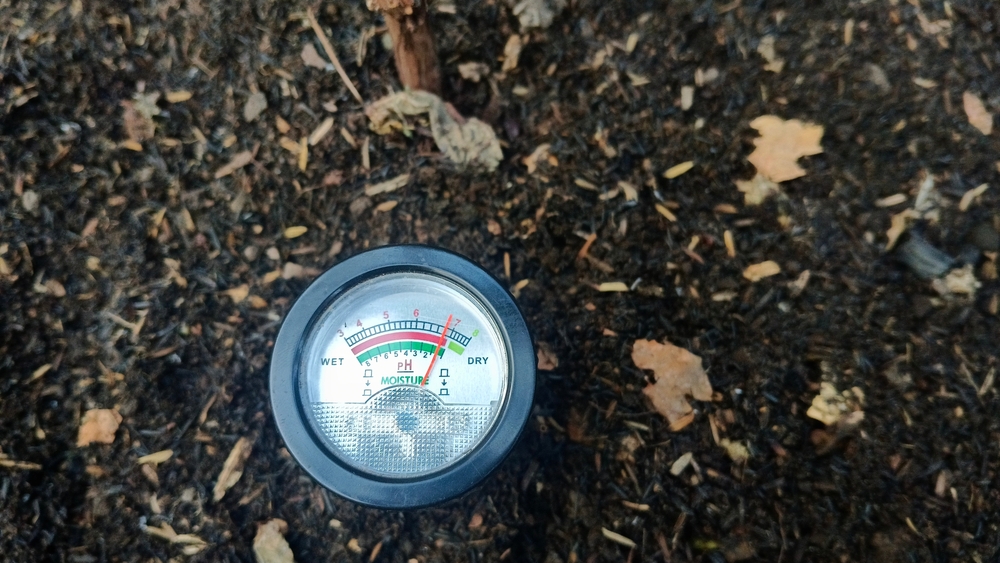
Soil pH is an often-overlooked factor, but it plays a significant role in how well plants absorb nutrients. If your soil is too acidic or too alkaline, plants may struggle to access essential nutrients, even if they are present in the soil. A soil pH test in the fall helps identify any imbalances, allowing you to correct them before planting season.
If the soil is too acidic, adding lime will raise the pH, making it more neutral. On the other hand, if the soil is too alkaline, adding sulfur will lower the pH. Testing your soil’s pH in the fall allows ample time to make adjustments and lets the soil settle and stabilize before you start planting in the spring.
Apply Mulch to Protect the Soil
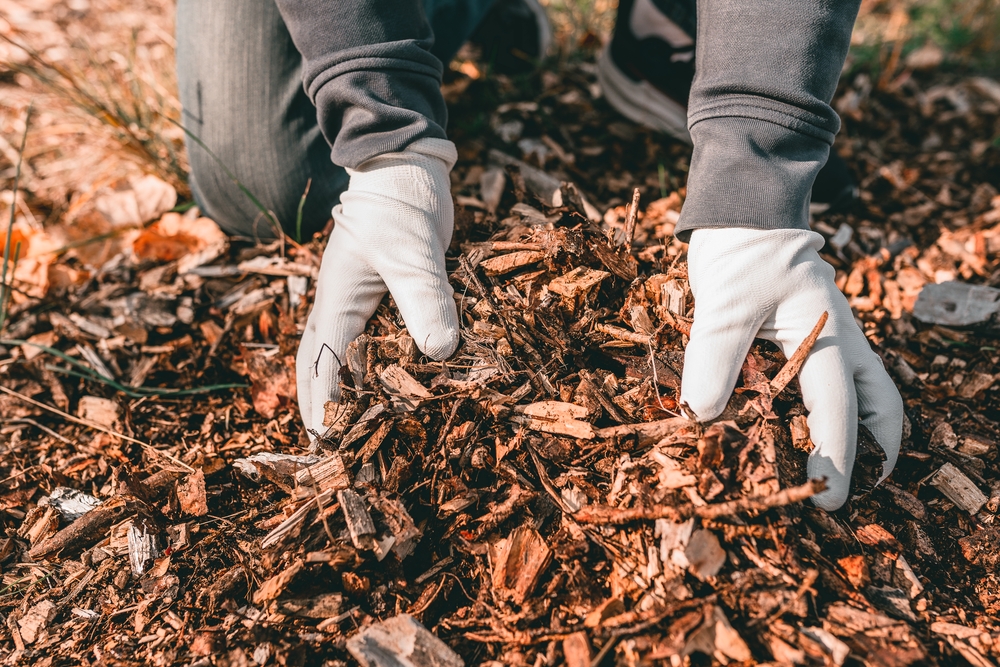
Applying mulch in the fall provides both immediate and long-term benefits. It insulates the soil from extreme temperature fluctuations, helping to prevent freeze-thaw cycles that can damage plant roots. Mulch also helps reduce erosion caused by rain or snowmelt, keeping your soil intact and reducing nutrient loss.
Over time, mulch decomposes, adding organic matter back into the soil. This process improves soil structure and increases nutrient availability. In the spring, mulch acts as a natural weed barrier and helps retain moisture, ensuring that your plants have a steady supply of water as they establish their roots.
Till the Soil Lightly
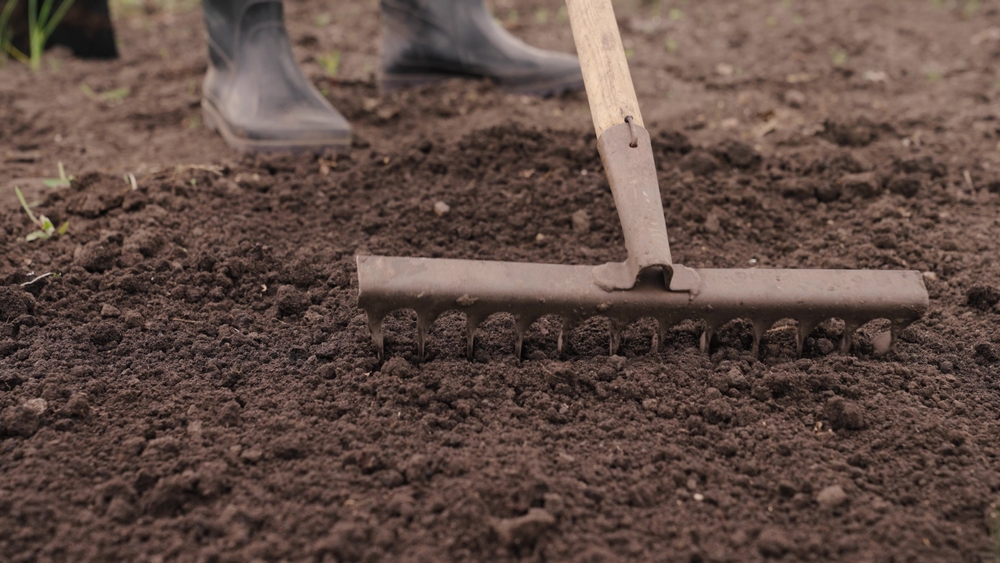
Tilling the soil in the fall helps break up compacted soil and allows for better root penetration. In particular, if you have heavy clay or compacted soil, tilling can help loosen it up and make it easier for plant roots to grow in the spring. When done lightly, tilling also helps mix in organic matter like compost, manure, or leaves, which enriches the soil with nutrients and helps improve its texture.
However, be careful not to till too deeply, as deep tilling can disturb soil organisms and lead to soil erosion. A light tilling just to loosen the top layer of soil will create a better environment for spring planting without damaging the soil’s structure.
Use Cover Crops to Improve Soil Health
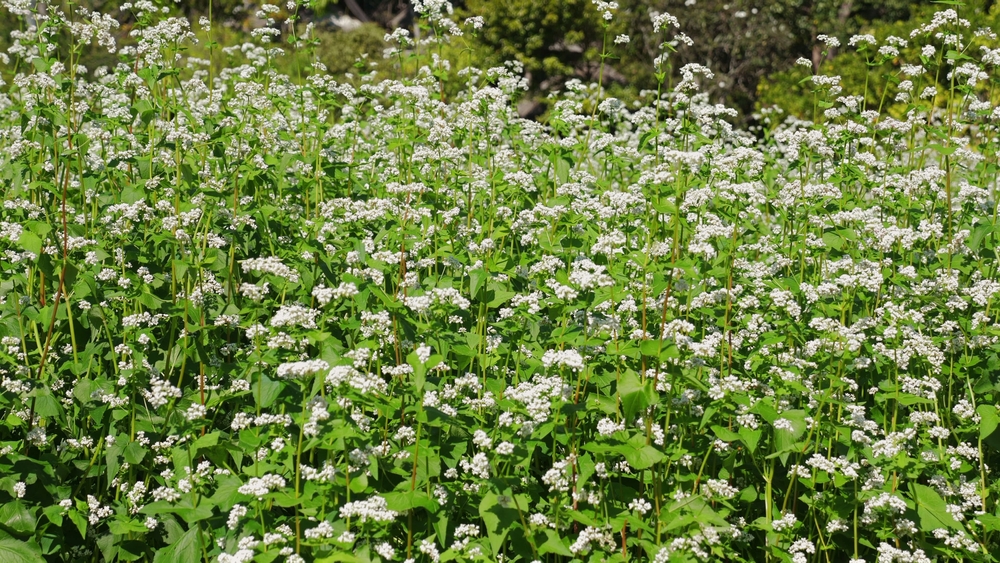
Cover crops are plants that you grow specifically to improve soil health during the fall and winter months. Crops like rye, clover, and vetch help prevent soil erosion, fix nitrogen in the soil, and improve soil structure. By planting cover crops in the fall, you protect your soil from the harsh winter elements while also enriching it for spring.
As the cover crops decompose in the spring, they add organic matter to the soil, improving its fertility. Once turned into the soil, these crops also provide an organic source of nutrients that will benefit your plants as they begin to grow. Cover crops are a sustainable, natural way to improve soil health year after year.
Avoid Overworking the Soil
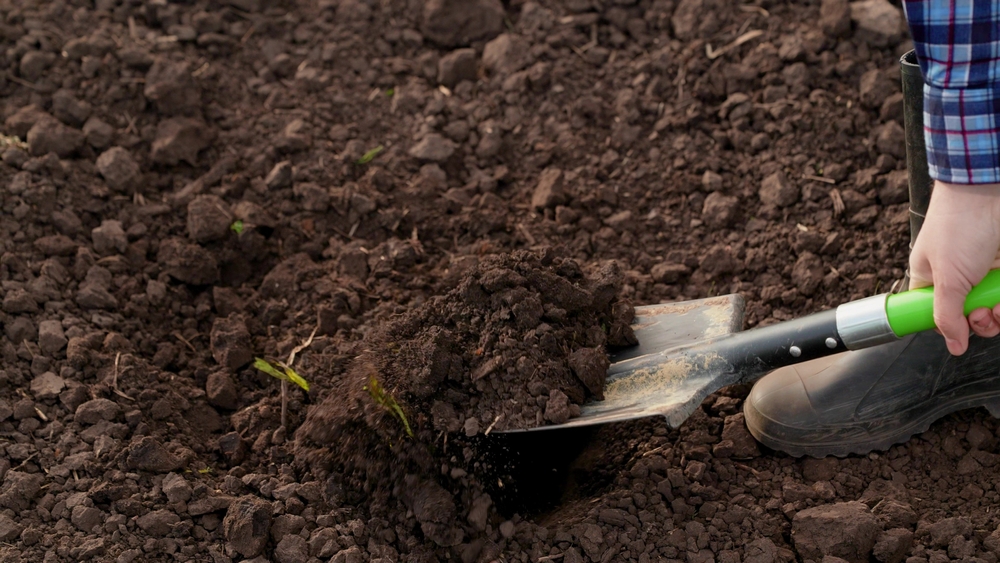
It might be tempting to keep working the soil, but overworking it can lead to compaction and loss of structure. Excessive digging or tilling disrupts the natural habitat of beneficial soil organisms, such as earthworms, which play an essential role in aerating the soil and breaking down organic matter.
Allowing your soil to rest in the fall can help maintain its structure and allow beneficial organisms to thrive. This also ensures that your soil is in top shape for spring planting without disturbing the balance of the soil ecosystem.
Add Organic Fertilizer
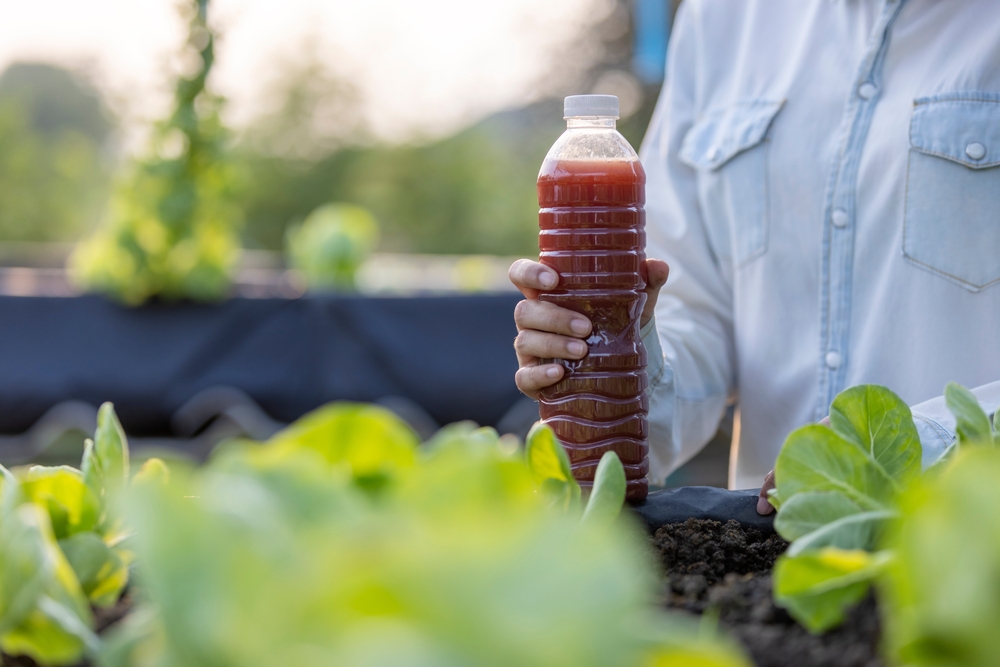
Organic fertilizers, such as blood meal, bone meal, or fish emulsion, are a great way to prepare your soil for the spring growing season. These fertilizers provide a slow-release source of nutrients that help to replenish the soil’s nutrient reserves. They work by breaking down slowly over the winter months, making nutrients available when plants begin to grow in the spring.
Organic fertilizers also improve soil structure by adding organic matter, which helps retain moisture, improves drainage, and promotes healthy root development. Adding organic fertilizer in the fall ensures that your plants will have access to the nutrients they need right from the start.
Improve Drainage in Heavy Soils
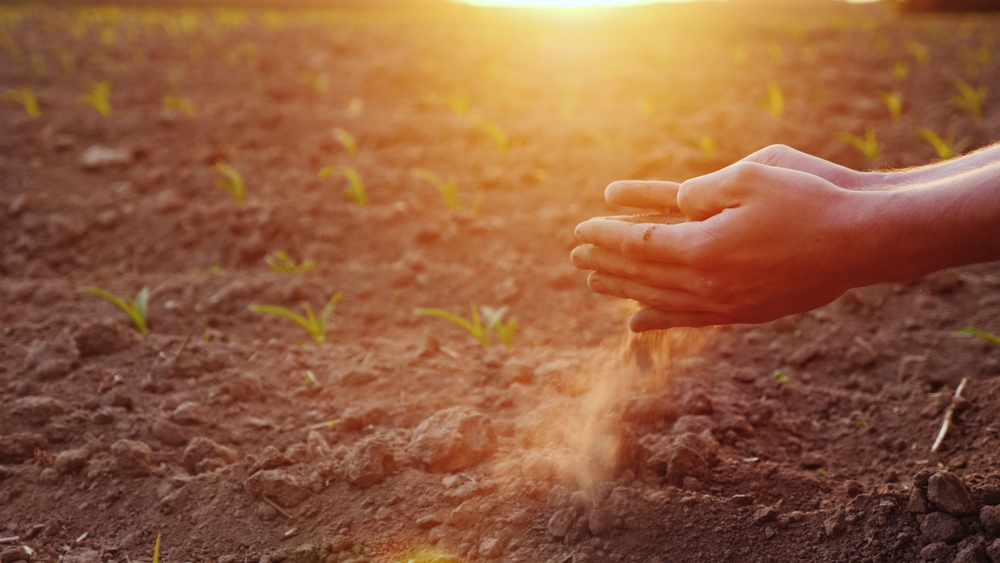
Improving drainage in your garden’s soil is important, especially for heavy clay soils that tend to retain too much water. Excess moisture can lead to root rot, fungal diseases, and poor plant growth. To improve drainage, you can add organic material like compost or well-rotted manure, which helps create air pockets in the soil and encourages water to move through it more easily.
Another way to improve drainage is by adding sand to heavy soils. Sand helps to break up compacted soil and improve its ability to drain water. Over the fall and winter months, these amendments will integrate into the soil, ensuring it drains properly and supports healthy plant growth come spring.
This article originally appeared on Avocadu.
